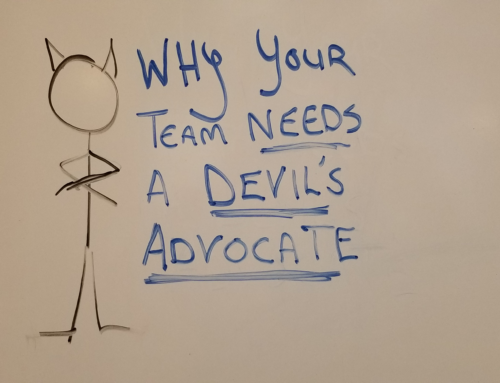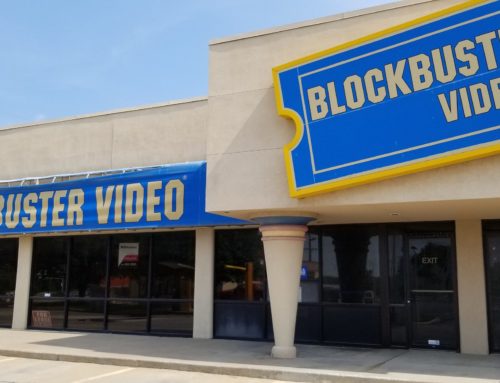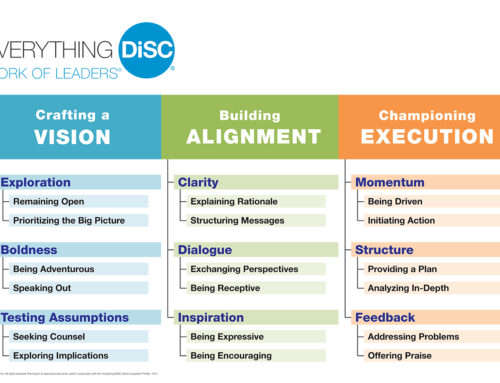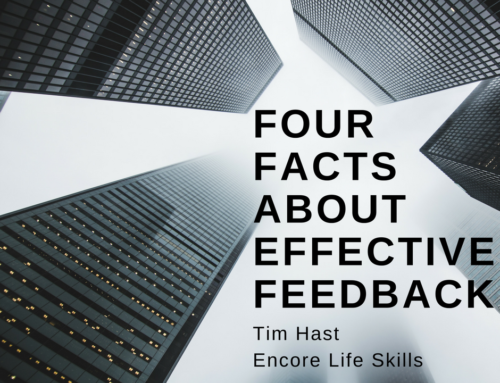In 1973 a young engineer named Steve Sasson went to work for the Eastman Kodak company, the oldest and most successful name in the photography business. According to The New York Times, Sasson was given some electronic parts to play with to occupy his time. Two years later he had invented the digital camera, and three years after that Kodak filed a patent on the device. They called it an electronic camera and promptly hid it away behind closed doors out of fear that it would destroy their 85-year-old film business.
Sasson continued refining his invention, and in 1989 he and a coworker developed a true digital single lens reflex that captured a 1.2 megapixel image. Again, the marketing folks at Kodak refused to mass produce or sell the camera for fear that it would eat into business.
Though Kodak made billions on their original digital camera patent they filed for bankruptcy in January of 2012. Selling some of the 1,100 patents they held on digital cameras and design was part of the strategy for liquidating their assets. Hiding away and sitting on a vault full of valuable patents, Kodak had squandered what could have been the Mother of all Kodak Moments.
“Kodak did not fail because it missed the digital age. It actually invented the first digital camera in 1975. However, instead of marketing the new technology, the company held back for fear of hurting its lucrative film business, even after digital products were reshaping the market.”
—Avi Dan Forbes contributor
There are many factors that led to the downfall of Kodak, but one seems to show up in the picture again and again: Kodak’s series of Really Bad Decisions [RBDs] to sit on this digital technology out of fear that it would destroy their currently booming business. And, sure enough it did destroy their established business, because the decision was based in fear.
The path to a Really Bad Decision [RBD] begins by failing to account for emotions that are running in the background during the decision-making process.
Emotions are like gauges on a plane. They inform the pilot about the condition of the plane and the environment around the plane. Our emotions let us know when we’re in danger so we can avoid something, and our emotions let us know when something is good for us or safe so we can move toward survival.
The problem arises when we are pressed to make a decision and don’t realize fear, anxiety, or any one of a number of emotions are running in the background. We can be anxious and not even be aware of it. If we don’t take the time to take those emotions into account while we’re going through the decision-making process we will invariably make a decision based on those emotions rather than on logic.
Emotions push us to take quick action, which is helpful in a life-or death moment where fast action and decisiveness save the day. But for long-term decisions that have implications for a generation or more, logic in the decision-making process must take priority over speed. Unrecognized emotions, especially fear spur us to make quick and often irrational decisions. There were many factors that led to the demise of Eastman Kodak but one is most prominent—the fear factor that wasn’t even considered in the process.
It is this failure to take emotions such as fear into consideration that blinds us to opportunities and blocks us from critical thinking.
In Kodak’s case a sound decision could have guaranteed success for the foreseeable future, but instead their series of bad decisions brought them to bankruptcy. They didn’t understand how fear shaped their decision.
POINT: When you must make a crucial decision, stop. Take an inventory of the emotions that are running in the background and determine how the hidden emotions are influencing your decision-making process. This is emotional intelligence. You’ll make better, more intelligent decisions if you do.
Photo Credit: Dave Perry, Furniture Today
Tim Hast is a partner at Encore Life Skills LLC. He loves to facilitate “Think Like a Leader – Five Steps to a Really Good Decision” as a seminar and as an online e-learning experience. To learn more about the online learning experience go to https://info.iledsolutions.org/think-like-leader-course







Leave A Comment